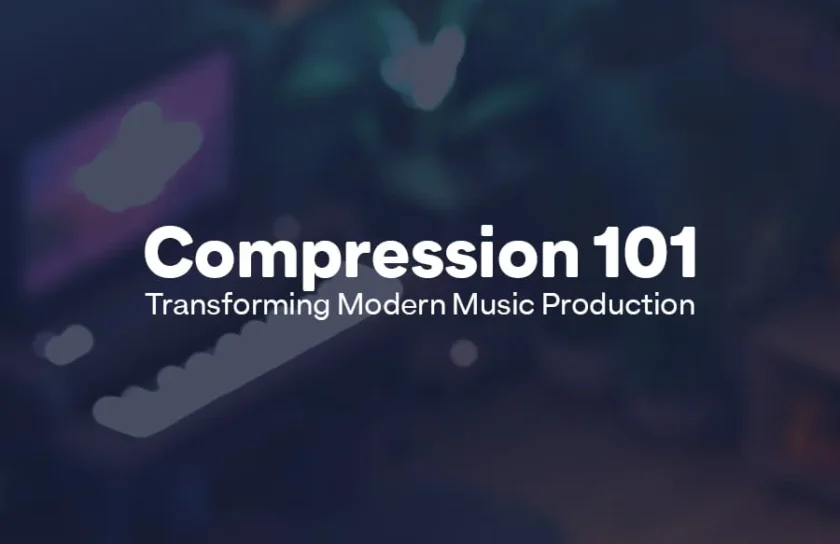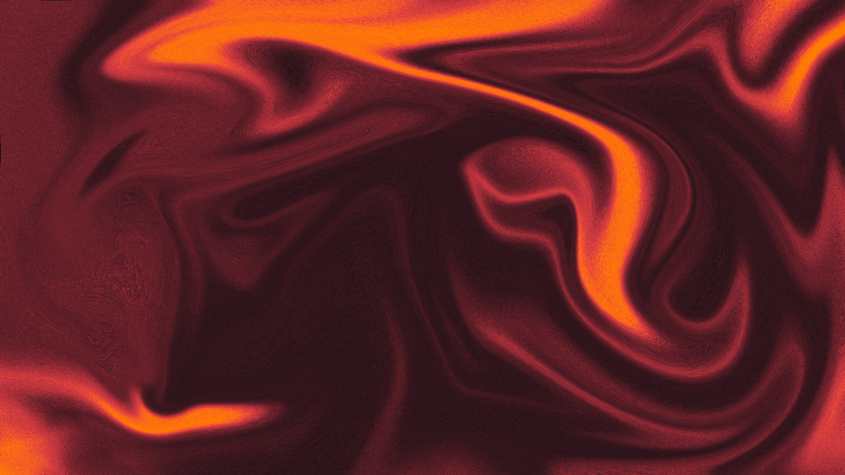Equalization in Modern Music Production

Equalization, commonly known as EQ, is a fundamental tool and technique in modern music production. It plays a crucial role in shaping the sonic landscape of a song, enhancing its clarity, depth, and overall impact. As technology continues to advance, and creative possibilities expand, understanding and mastering equalization has become an indispensable skill for producers and audio engineers. In this article, we will explore the significance of equalization in modern music production and how it is utilized to create outstanding musical experiences.
What is Equalization (EQ) in Music Production?
Equalization is the process of adjusting the balance between different frequency components within an audio signal. In simpler terms, it allows producers to boost or cut specific frequencies in a sound to modify its tonal characteristics. The primary goal of equalization is to ensure that each element in a mix has its own space, and they complement each other without clashing or overpowering.
The Frequency Spectrum and Equalization Bands
The frequency spectrum is the range of audible frequencies that the human ear can perceive, typically ranging from 20 Hz to 20,000 Hz. Equalizers are divided into bands, each targeting a specific range within the frequency spectrum. Common equalization bands include:
Low Frequencies (Bass): This band is responsible for the deep, rumbling tones, usually ranging from 20 Hz to around 200 Hz. Boosting or cutting in this area can greatly impact the perceived warmth and power of a track.
Mid Frequencies: The midrange, typically from 200 Hz to 2 kHz, is crucial for the audibility and definition of most instruments and vocals. Equalization here can affect the clarity and presence of elements in a mix.
High Frequencies (Treble): The higher range, from 2 kHz to 20 kHz, encompasses the brilliance and brightness in a sound. Adjusting the treble can add airiness or reduce harshness.
Equalization Techniques in Modern Music Production
Corrective EQ: This involves using EQ to fix problematic frequencies or resonances in a recording. For example, reducing muddiness in a mix by cutting specific low frequencies in a guitar track.
Creative EQ: In this case, EQ is used as an artistic tool to shape the sound and create a unique sonic character. Boosting certain frequencies in a vocal track to add warmth and intimacy is an example of creative EQ.
Surgical EQ: Precision is crucial here, as it involves making subtle adjustments to specific frequencies to allow different elements to coexist harmoniously. Notching out frequencies that clash between the kick drum and bass guitar is a typical application of surgical EQ.
Frequency Carving: This technique involves cutting certain frequencies in one element to make room for another. For instance, attenuating a specific range in the guitars to give more space to the lead vocals.
Using EQ in the Mixing Process
During the mixing process, equalization is an essential tool for balancing the individual elements of a song. Producers carefully apply EQ to each track to ensure that they sit well together in the mix and contribute to a cohesive sound.
For example, in a pop song, the vocals may be boosted in the midrange frequencies to make them more prominent and intelligible, while the low end of the guitars and keyboards may be cleaned up to prevent clutter in the mix.
Subtractive EQ is often employed to remove unwanted frequencies that can muddy the overall sound, such as excessive low-end rumble or harsh high-frequency noise. On the other hand, additive EQ can enhance certain elements and bring out their unique character.
Mastering and the Final Polish
In the mastering stage, equalization takes on a different role. Here, the focus is on the overall frequency balance of the entire track or album rather than individual elements. Mastering engineers use EQ to bring out the best in the mix, ensuring it translates well across different playback systems and environments.
Equalization is not a one-size-fits-all approach in mastering. Each song and genre may require different treatments, and a skilled mastering engineer will apply their expertise to enhance the music’s overall impact while maintaining its artistic integrity.
The Advantages and Pitfalls of Equalization
Used skillfully, equalization can significantly improve the quality of a recording and elevate a mix to a professional level. By carefully balancing the frequency spectrum, producers can achieve a clear, detailed, and expressive sonic experience that captivates the listener.
However, improper or excessive use of EQ can lead to undesirable consequences. Over-EQing can result in a track sounding unnatural or thin, while harsh boosts in specific frequencies can introduce ear fatigue for the audience. It is essential for producers to exercise restraint and rely on their ears, experimenting and making informed decisions based on the needs of each individual project.
In conclusion, equalization is a powerful tool in modern music production, enabling producers and audio engineers to sculpt the sonic landscape and create compelling and engaging musical experiences. With a solid understanding of EQ techniques and a careful, attentive approach, producers can unlock the full potential of their mix, leaving a lasting impression on the hearts and minds of their audience.



